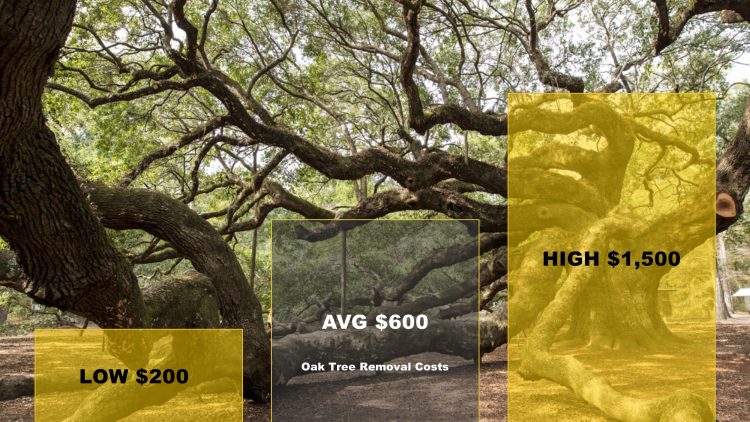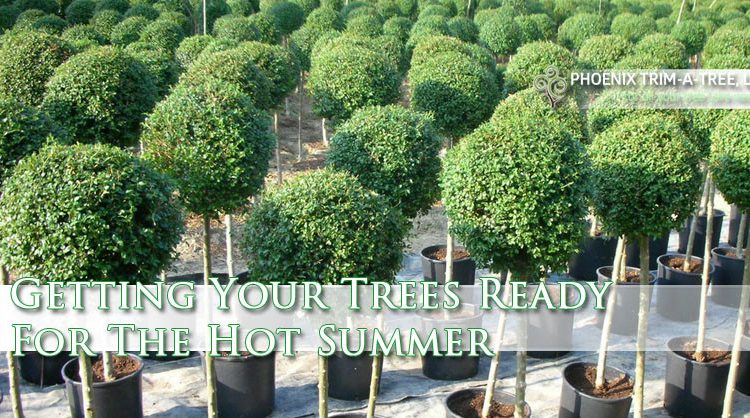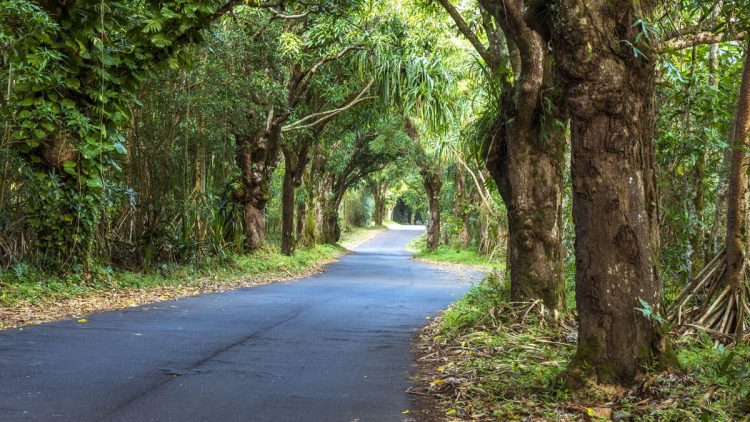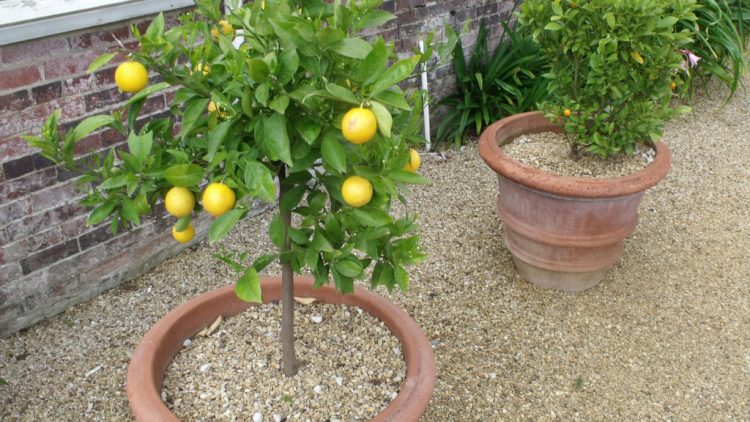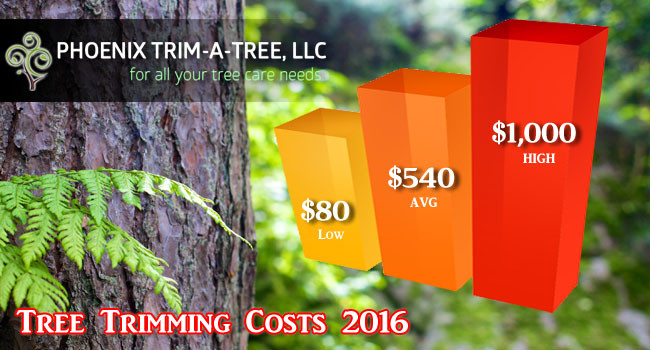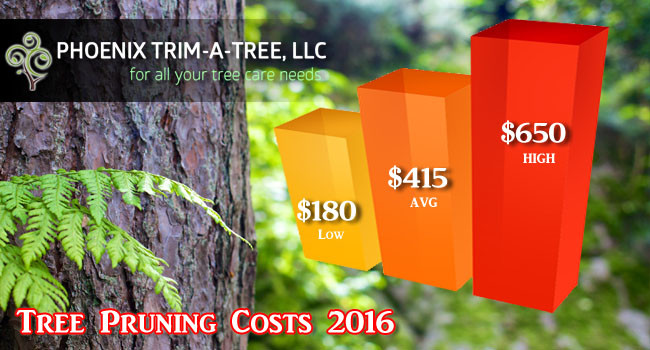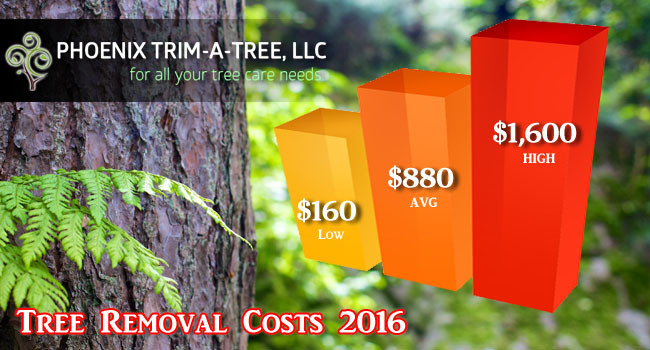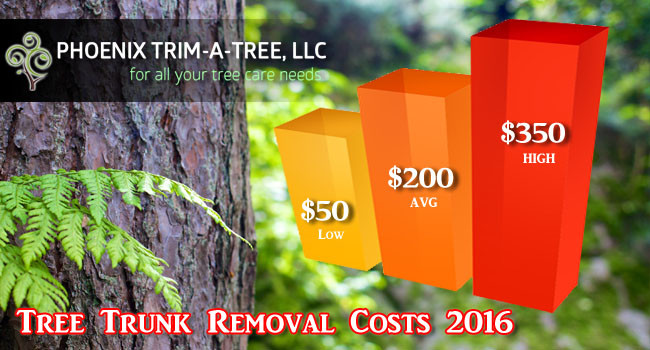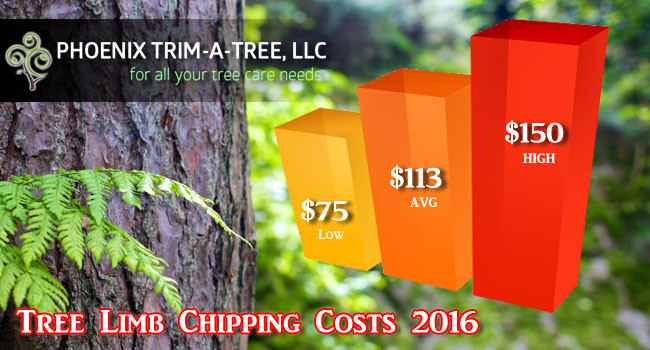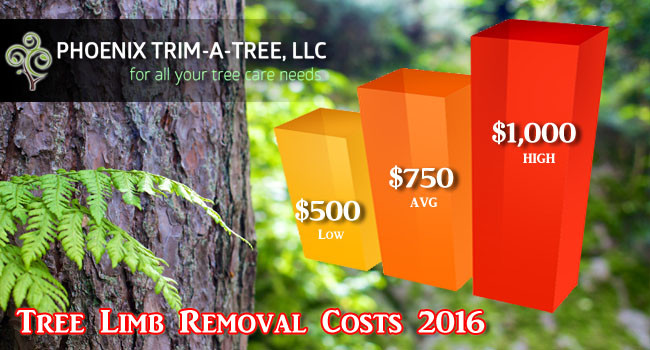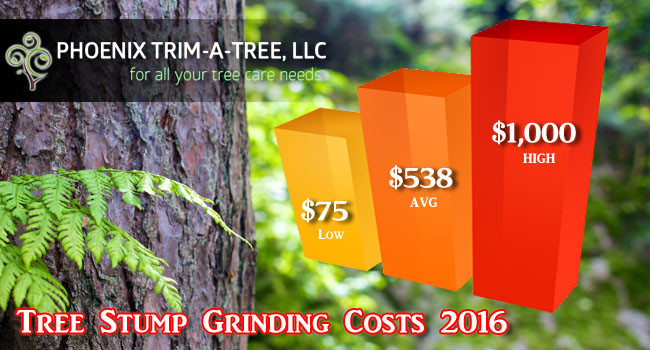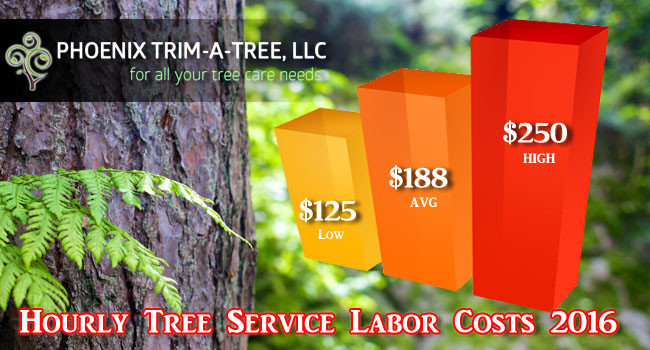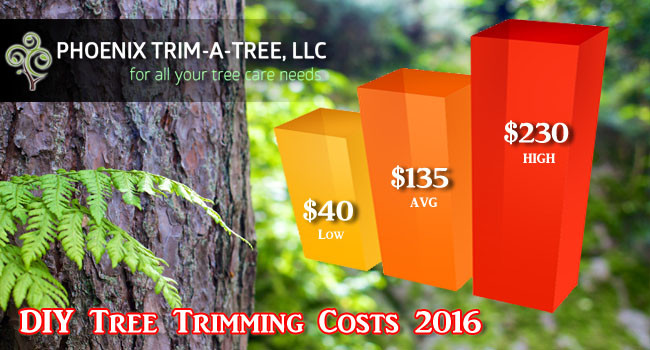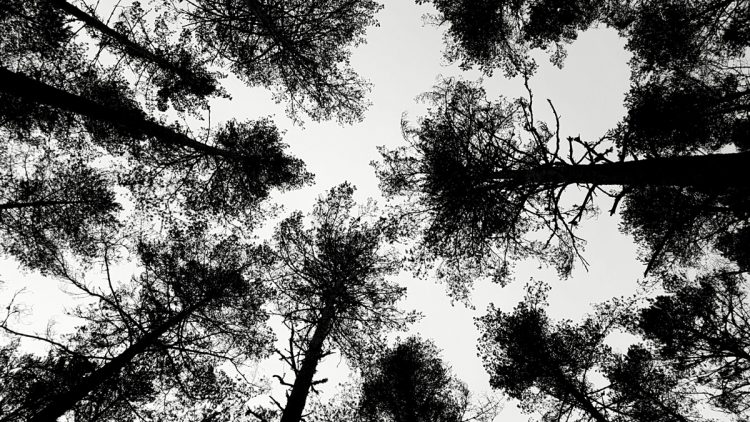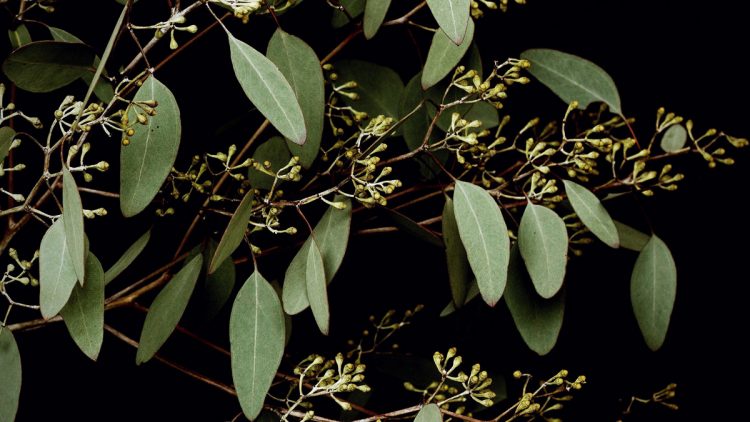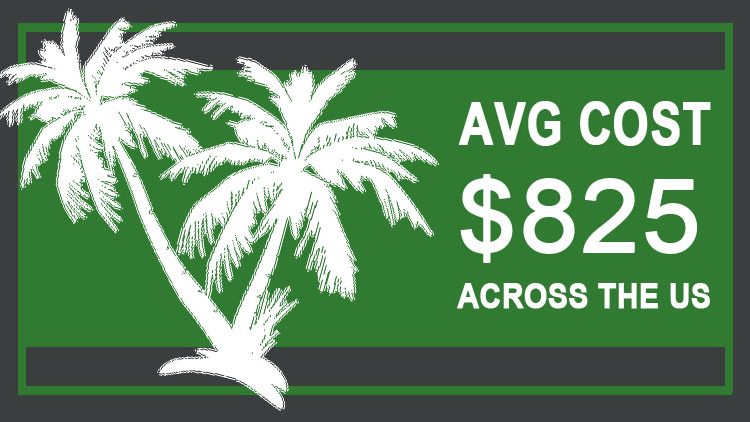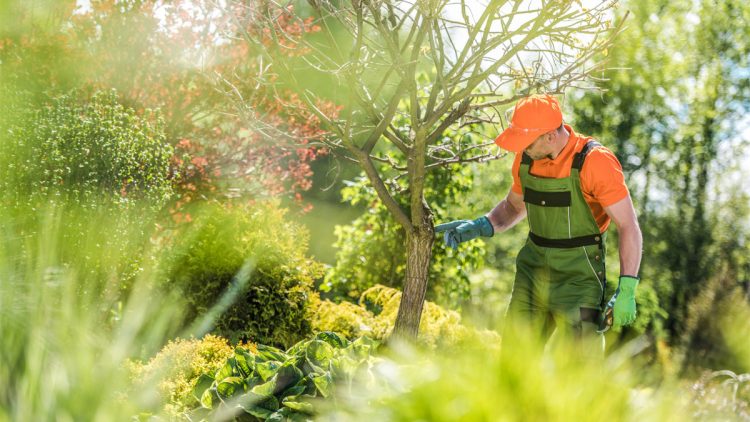Oak Tree Removal Costs 2021
HOW MUCH DOES OAK TREE REMOVAL COST?
GET A FREE ESTIMATE TODAY!
The average cost to remove an oak tree in Phoenix is $600 in 2021. Pine tree removal costs range from $200 to $1,000 nationally for the US in 2021.. For small oak trees, removal costs about $200. For giant oak trees, you can pay $1,500 dollars or more. As oak trees easily grow 60 feet and upwards they are pricier to remove than other trees because of their large density.
Larger oak trees (more than 80 feet) will cost an average of $1,500 because of the dangerous nature of the work involved in the removal process. The professionals wear high-quality safety gear to make sure they avoid injury by following all the safety regulations.
- The cost of stump removal averages $2.50 per inch of the stump with prices ranging from $2 to $3 per inch of diameter. Some companies have a minimum charge of $100 per stump. Others charge by the stump. For example, $150 for the first stump and a lower rate, perhaps $50 for additional stumps.
- The cost of removal can add an average of $50 for haulage charges.
- The cost of log splitting (oak can make good firewood) is often charged additionally and averages around $75.
- The cost of chipping averages $113 with costs ranging from $65 to $150.
- The cost for land clearance if you have a large area with many stumps to be removed may be charged on an hourly basis with an average of $150 per hour depending on the diameter of the tree stumps to be removed.
TYPES OF OAK TREES
There are nearly a dozen types of oak trees in Arizona but here are the most popular include the following.
ARIZONA WHITE – The largest oak in the southwest United States reaching in excess of 60 feet tall with trunk diameters up to three feet.
EMORY – From the size of a large shrub to more than 50 feet and sporting a trunk diameter of up to two and a half feet.
SILVERLEAF – This can grow as a shrub or a tree reaching heights of 30 feet with a trunk in excess of two feet in diameter.
SHRUB – Normally up to a height of eight feet.
OAK TREE REMOVAL IN PHOENIX
If you own a property in the Phoenix Valley our team of trained, licensed, and insured tree cutting professionals will cut down and remove your tree safely and affordable. Every one of our skilled technicians understands our safe tree removal and cutting protocols and work together to get the job done quickly and safely. Keeping your property in the best condition possible while removing the tree is also our top priority. We remove the tree, clean up the mess, and leave your property in great condition.

